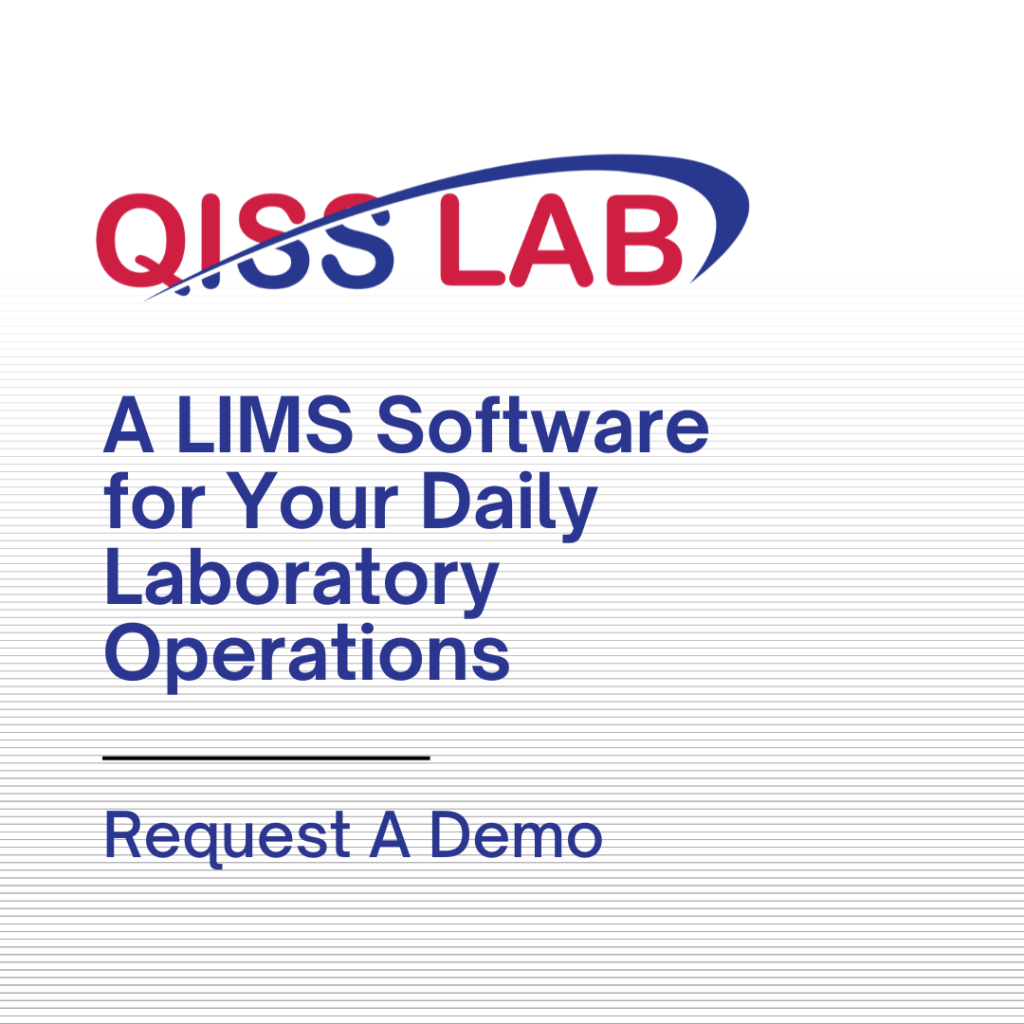Imagine you’re in the middle of an internal audit. A crucial SOP has discrepancies. Someone made changes to a document last week, but no one knows who. Emails are flying, people are pointing fingers, and the room’s getting uncomfortably quiet.
Now imagine the same scenario- but with a clear audit trail in place. One click shows the exact change, who made it, when, and even why. The air clears, questions are answered, and the audit continues without a hitch.
That’s the quiet power of an audit trail.
While the term might sound technical or even bureaucratic, audit trails are far from just a check-box for compliance. They’re the behind-the-scenes backbone of quality document control- bringing clarity, fostering accountability, and building trust across an organisation. In this article, we’ll explore what audit trails really are, why they matter beyond the regulatory lens, and some lesser-known but impactful ways they can elevate quality management systems.
What Are Audit Trails, Really?
At their core, audit trails are simply records- time-stamped logs that track who did what, when, and often, why. They document the lifecycle of a file or process, capturing every change, update, and approval.
But in the context of quality management and document control, audit trails do more than just log activity. They act as verifiable proof that a document’s history is intact, unaltered, and transparent. Think of them as a document’s memory; one that can’t be erased or rewritten, even when human memory fails.
Unlike basic edit histories you might find in shared drives or Google Docs, robust audit trails are tamper-proof and role-based. They often integrate with a company’s QMS (Quality Management System), ensuring that only authorised individuals can make specific types of changes- and that every move is recorded with meticulous precision.
Why Audit Trails Matter in Quality Management
When we talk about quality, we often think of consistency, standards, and compliance. But behind the polished SOPs and certificates lies a living, breathing system that relies heavily on human actions; drafting, editing, approving, reviewing. Mistakes, oversights, and delays happen. That’s where audit trails step in.
Document Integrity: They serve as the bedrock of document integrity. Whether you’re managing ISO 9001 protocols, Good Manufacturing Practices (GMP), or laboratory compliance under GLP, having traceability for every document-related action is non-negotiable. It not only proves compliance, it enables it.
Traceable: Audit trails also transform audits themselves. Instead of scrambling to reconstruct what happened, teams can walk into inspections with confidence. The documentation is not just there- it’s transparent, chronological, and fully traceable. More importantly, they help catch small missteps before they snowball into non-conformances.
Ownership: But beyond satisfying regulators, audit trails empower teams to take ownership. They offer a safety net that encourages responsibility, not finger-pointing. When everyone knows their actions are part of a visible record, the approach shifts from reactive to proactive: from blame to improvement.
Transparency Is More Than Just Oversight
There’s a common misconception that transparency means micromanagement. In reality, transparency, when done right, actually liberates people.
When teams understand that audit trails exist to support clarity, not surveillance, they become more mindful in how they work. It nudges them to pause before making impulsive edits or skipping proper reviews. Not out of fear but out of awareness.
Transparency also has a quiet but profound effect on interdepartmental collaboration. When documents are shared between quality, regulatory, operations, or legal, audit trails eliminate guesswork. Everyone has access to the same factual history. That shared visibility fosters smoother conversations, faster decisions, and fewer misunderstandings.
Even conflict resolution becomes easier. If something goes wrong, there’s no need for blame games. The facts are right there. And in an environment that values improvement over punishment, that kind of openness builds trust and psychological safety.
Hidden Benefits You Don’t Hear Much About
Most people associate audit trails with compliance and traceability, and rightly so. But there are several benefits hiding beneath the surface that rarely get mentioned.
1. A Training Tool in Disguise
Frequent corrections or back-and-forth changes in certain documents can highlight training gaps. Maybe a team doesn’t fully understand a procedure. Maybe an SOP is unclear. By reviewing patterns in the audit trail, managers can identify where guidance or upskilling is needed — and take action before errors escalate.
2. Detecting Change Fatigue
An unusual number of revisions to a single document might indicate instability in the process itself. Is the policy being constantly tweaked because no one is fully confident in it? That’s not just a document issue — it’s a system-wide red flag. Audit trails make that visible.
3. Process Bottleneck Insights
Audit trails can reveal approval delays and workflow blockages. If certain individuals or departments consistently stall progress, that shows up in the data. It’s not about calling anyone out — it’s about fixing the flow and reducing friction.
4. Building Stakeholder Trust
In industries like pharmaceuticals, food production, or research, clients and regulators expect more than results — they want to know how those results were documented, approved, and safeguarded. Transparent audit trails are a credibility booster, demonstrating a mature and reliable quality culture.
Implementation Tips – Making Audit Trails Work for You
Adding audit trails into your document control system doesn’t have to be overwhelming. But it does require intentionality.
Start by choosing the right system. Not all audit trail features are created equal. Look for tools that offer immutable logs, automation, and role-based tracking; so you’re not relying on manual inputs or patchwork solutions.
Next, don’t overwhelm the system with noise. You don’t need to track every keystroke or comment. Focus on meaningful actions- edits, approvals, rejections, sign-offs, or changes to permissions.
Most importantly, bring your team along. Introduce audit trails not as a surveillance tool, but as a support system. Explain the benefits clearly. When people understand the why, they’re far more likely to embrace the how.
And don’t let audit trails sit idle. Include regular review of audit logs in document control check-ins, root cause analysis, or CAPA workflows. Make them part of your routine, not just an emergency backup.
Common Mistakes to Avoid
Audit trails can be powerful — but only when implemented with care. A few common pitfalls to steer clear of:
1. Manual Logging
If you’re still using Excel sheets or handwritten logs, you’re leaving too much room for error — and tampering.
2. Overtracking
Yes, detail is good. But too much data can drown the signal in noise. Track what matters.
3. No Context
A change was made, but why? Systems that allow users to enter a reason add much-needed clarity.
4. Lack of Communication
If teams don’t know audit trails exist, or worse, feel threatened by them- they won’t be used effectively.
Finally,
In a world where documents form the backbone of operational excellence, audit trails have become highly imperative. They provide the clarity, accountability, and assurance that modern quality management systems demand.
But perhaps their greatest value isn’t in ticking audit boxes. It’s in how they quietly shift an organisation’s culture, toward transparency, integrity, and shared responsibility.
So next time someone mentions audit trails, don’t think of cold logs or red tape. Think of them as the living memory of your system, keeping stories straight, decisions accountable, and quality, truly sustainable.



